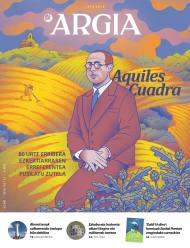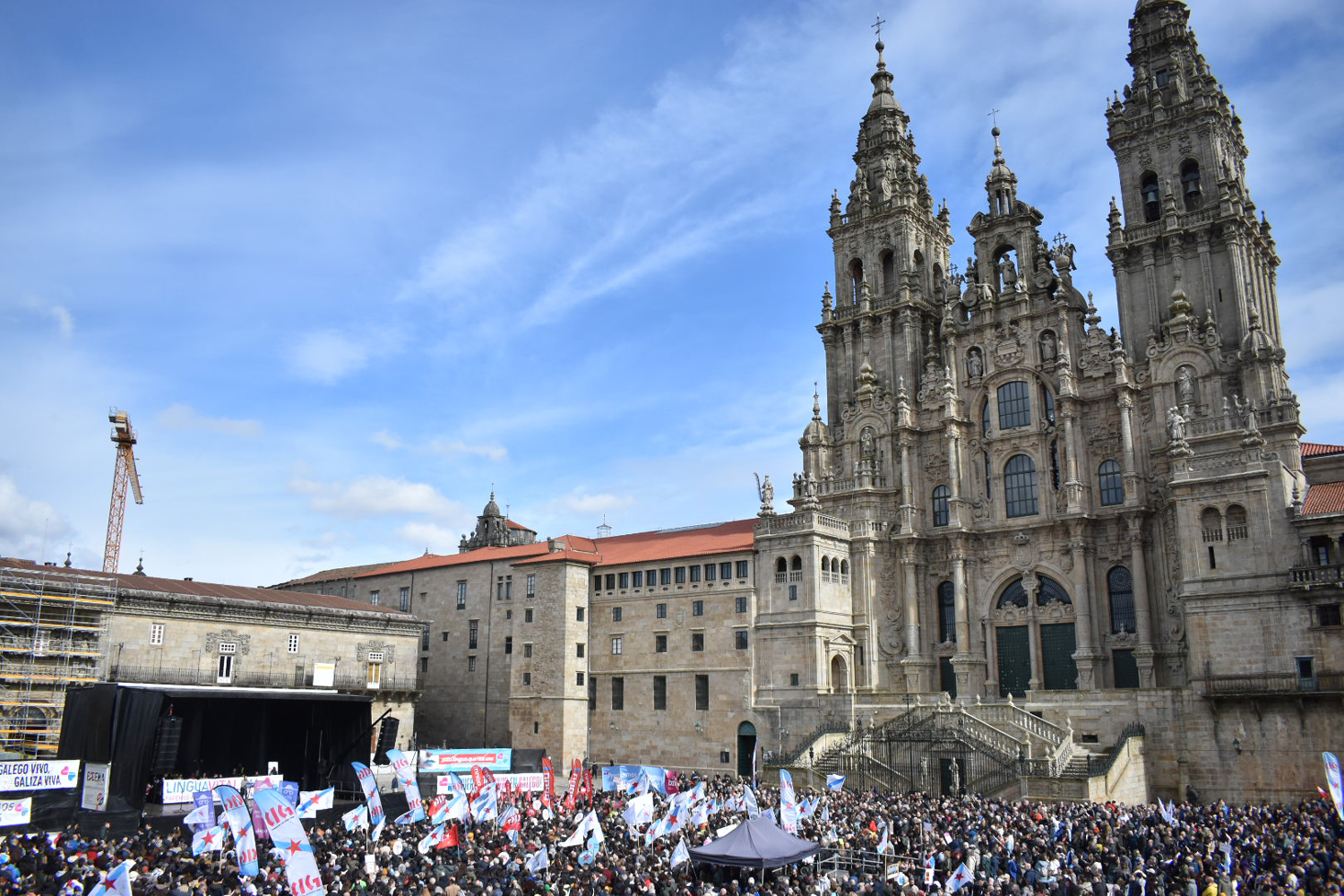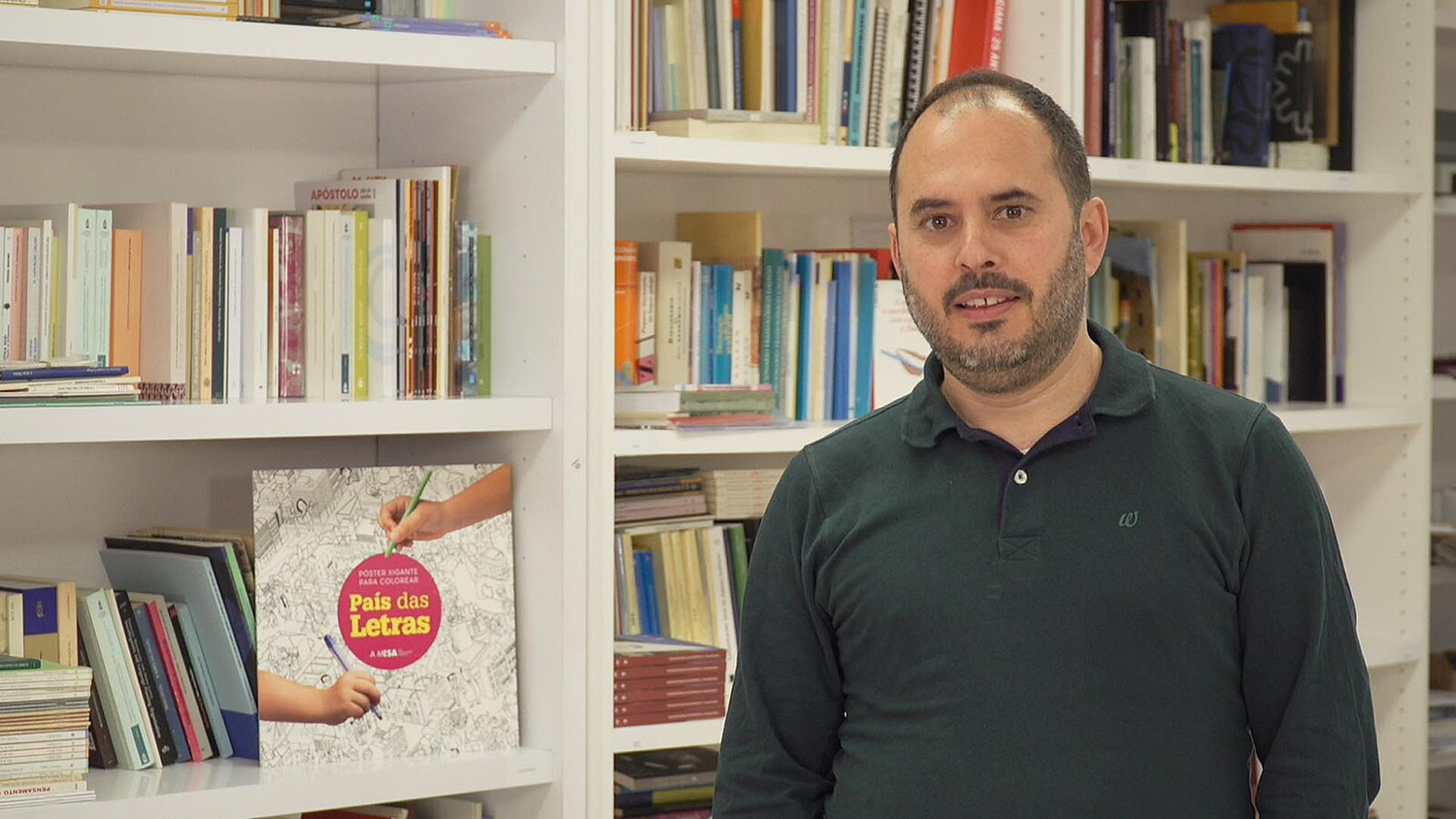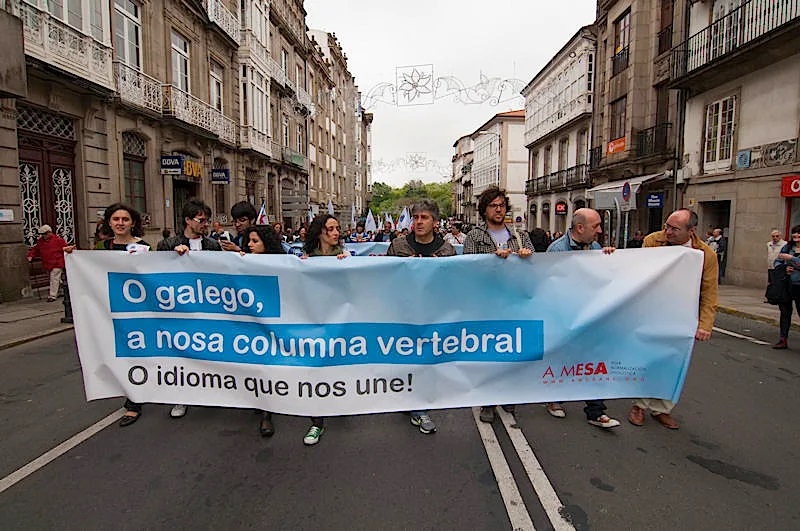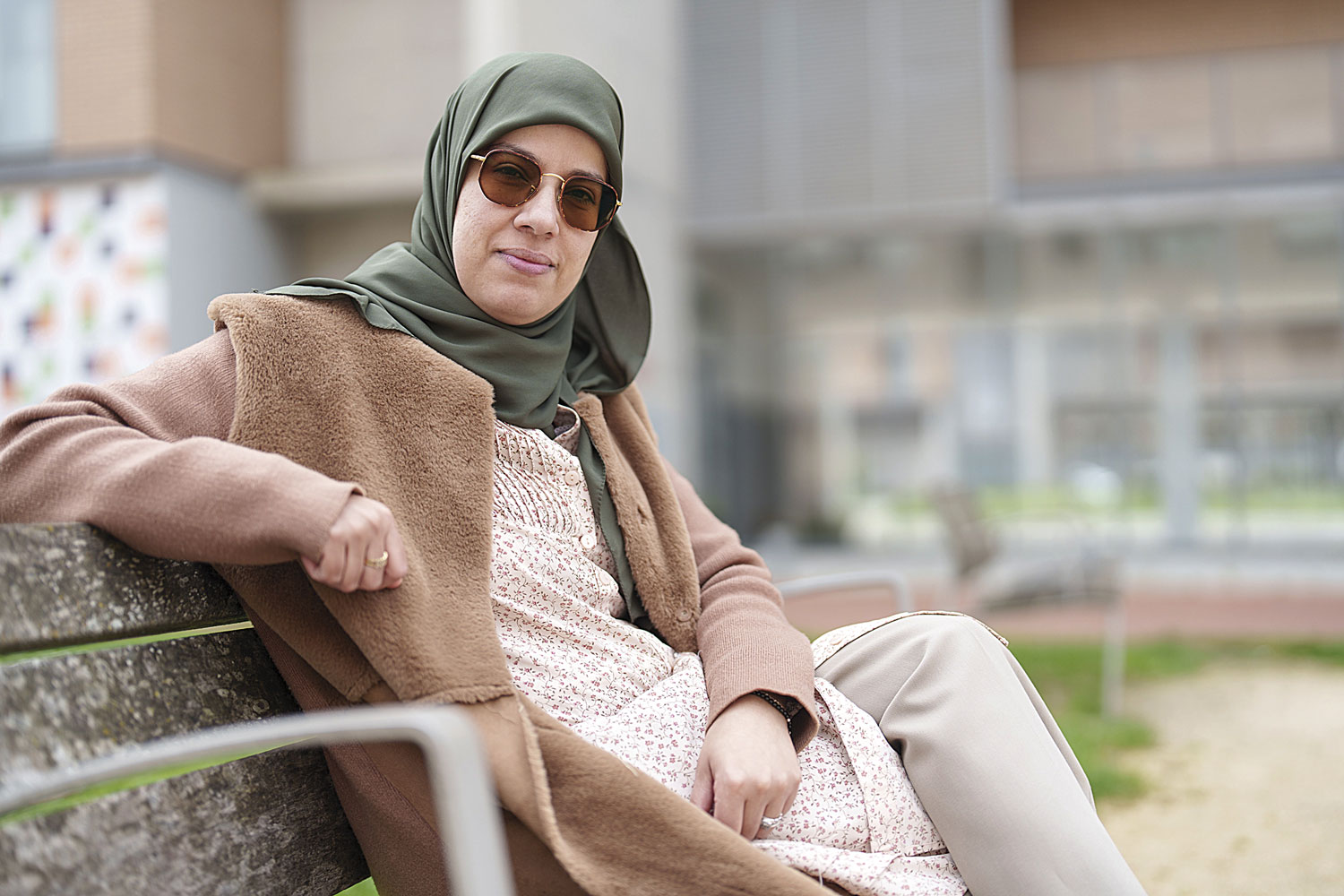One hundred students and a network in Galicia
- The Galician is very weakened by the data of recent years. Only 14 per cent of children under the age of 14 speak Galician, and considering all minors, the figure does not reach 20 per cent. In addition, there has been an increase in the number of centres dedicated exclusively to the Galician language, always in the hands of the popular initiative program Semente, since in the public educational system there are very few centres that speak Galician.
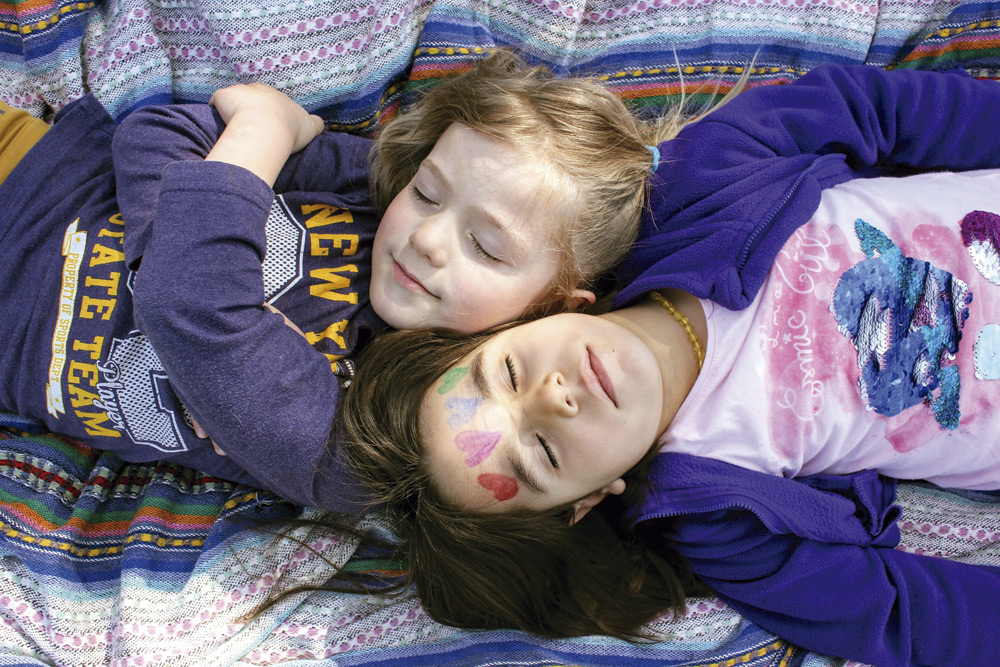
The eighth year of the Galician school of Semente, in Galician, means “seed”. Few people could expect an educational project born without the support of the administration, with only three boys and girls at the time of its creation, to have already one hundred boys and girls. Marta Santos, pedagogical manager of Sement, explains that they are a reason to continue working with enthusiasm and hope, but it is also "sad" that the Galician Xunta is not interested in the project or the linguistic problem: “At Sement we have a demand to keep in mind, at least the Galicians see the problem.”
The idea emerged and materialized in 2011 in Santiago de Compostela. Then, they started working in the age group where they mainly work, with children between 2 and 6 years old. Since then, year after year, many students, parents and teachers have joined the project, mostly from A Coruña, Vigo or Lugo. All of them have joined the line of work of the youngest, since until this course they have only worked in Early Childhood Education, this year for the first time in Primary Education.
“Hardly, but we have managed to get the Administration to approve the new legal basis of the partnership, to make it a match to traditional Primary Education,” says Santos. In fact, at the end of the Children's Education stage offered by Sement, children had to be sent to traditional schools. Now, instead, until the age of 12, boys and girls will be able to learn, educate and learn in Galician.
Educational centres away from urban centres
In this effort to open more centers, Santos says that it is necessary and even more reasonable to keep the project open. “We have common principles that all members of the association have to comply with; the basics, therefore, what we believe is that there are schools entirely in Galician.” Within this small Galician community, they also aim to offer a quality transformative education, although each center can design the pedagogical model that is in its hands or based on another, such as the Italian educational system Reggio Emilia.
Santos explained that, being a community project, they aim to reach the whole neighborhood and, therefore, believes that the share of the course they establish is accessible to all, as they are considered non-profit associations. Moreover, it is clear that working with the knowledge of their people is fundamental to filling the gap left by public schools. “It is necessary to have contact with nature and the environment from an early age, and we teach children to cultivate land and care for the environment.” Therefore, instead of locating schools in the center of cities or in buildings that have only classrooms, they prefer to be in areas that may have contact with nature, such as gardens, orchards and barns of some centers.
Semente is more than a school model that only speaks Galician. In addition to the knowledge of nature, another of its objectives is to promote Galician culture: “We believe it is important to publicize the towns and neighborhoods because public schools focus on the Spanish State and not on Galicia”. In this way, children are informed of the history of their towns and neighborhoods, adapting to them and them, since in the end “it is necessary to know where we came from”.

Create the National School
“At the time of starting the project, we had as a base a lot of school models from which we have fed; among them, the Ikastolas. The involvement of parents, for example, seemed fundamental to us, as most of Sement's members are parents and so we felt. In addition, most of us in the project are public school teachers and I think it helps us work at Sement,” says Santos.
The Galician schools Semente work horizontally and by assemblies in a round table composed of coordinators, educators and parents. The objective is the participation of all, to listen to the opinions of all and to feel all as part of the project, since they consider that community education must be complete to the extent that horizontality is the axis.
In any case, as mentioned above, all the school’s activity is under the responsibility of each of them – respecting, of course, the basic principles of Teacher’s – the functioning of the school and the educational model that will be put into practice. A few years ago, however, the Galician national school was created, as centres were opened throughout the country. “We felt it was necessary to create a national school for unified and permanent coordination, otherwise this would not make sense,” says Santos.
No institutional support
“I say this with sadness, but the truth is that I do not believe that current policies did something for the Galician; that’s why we start by ourselves, because language is a fundamental right.” However, the number of Galician speakers has dropped, and Santos himself also says that he sees “almost impossible” for the cities to strengthen the Galician somewhat: “In big cities it is not done in Galician, and children only have the possibility to receive education in Spanish.”
Semente has approached similar projects. Last May he signed an agreement with the Federation of Ikastolas for being two municipalities related to the socio-linguistic situation. “It’s an alliance that will help us learn from each other,” said Ikastolen Elkartea’s president, Koldo Tellitu, after signing the agreement. “There are almost 50 years of difference between the ikastolas and us, but we have started as they did, and common work is important,” says Santos. In short, because collaboration between two small communities is cooperativism, an example of horizontality.
Hizkuntza bizia orain! egin dute oihu galizieraren aldeko milaka manifestarik Santiago de Compostelan (Galizian) joan den igandean. 2024ko hondarrean, azken inkestako datuek pozteko arrazoirik ez zuten eman: ezagutzak eta erabilerak, biek, egin dute atzera. Galera handiagoa da... [+]
Lagunarekin galizieraz ari zelako gizon batek besoetatik heldu eta demanda egin ziola salatu du emakume batek Lugon. Poliziak erasotzailea identifikatu du dagoeneko. “Gure herrian gure hizkuntza hitz egiteagatik beldur izatea nahi dute, baina ez gara geldituko”,... [+]









